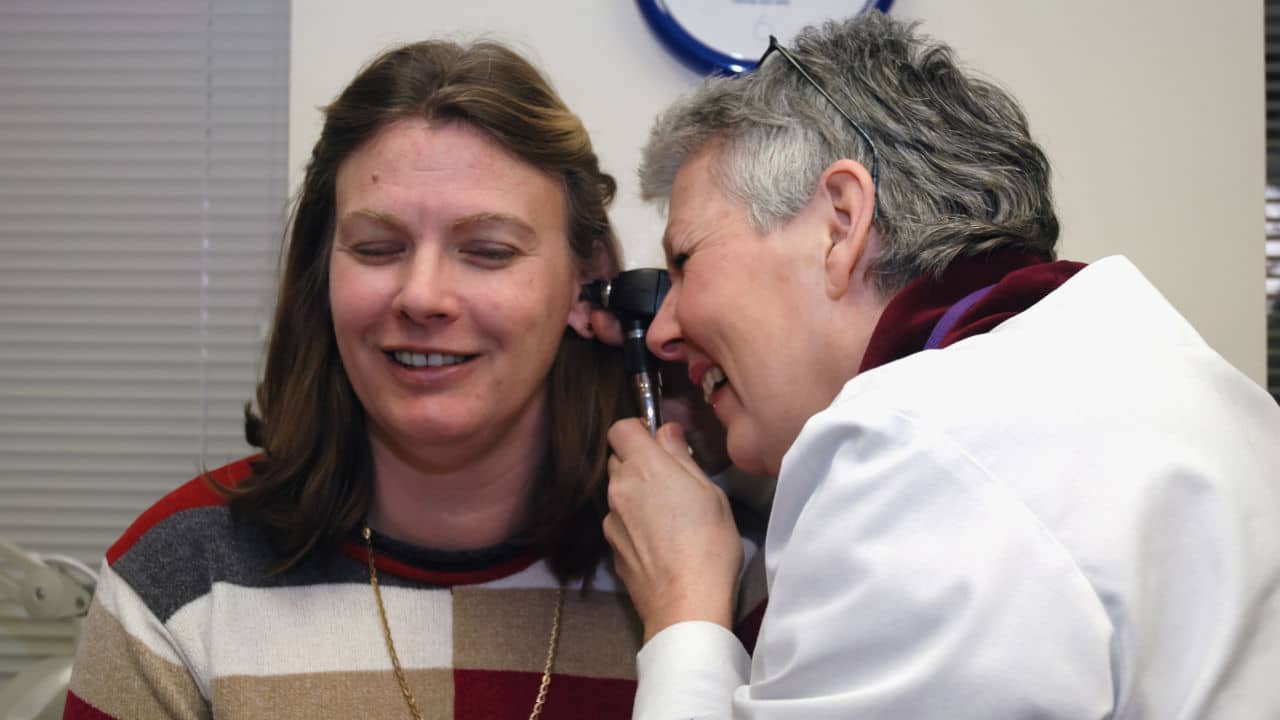The ear is an organ of the body that performs two main functions: hearing and balance. It comprises three interconnected sections called the external, middle, and internal ears. While these sections perform the functions of hearing and balance, any abnormalities can affect other organs of the body. Hence they need to be treated with care. Otoscopy is one of the many clinical procedures used to examine structures of the ear, the external auditory canal, tympanic membrane, and middle ear. It is used during routine wellness physical exams, and it plays a significant role in diagnosing several ear conditions.
A physician usually performs otoscopy using a medical device called an otoscope. It’s a device used by primary care providers and ear, nose, and throat physicians (ENTs) to perform internal visual ear inspections. During the ear assessment, this device is used to visualize the ear’s anatomy to check for abnormal developments or ear diseases.
Otoscopes can be binocular or monocular, and they come in a variety of sizes, from simple portable models to electric-powered models.

Who Should Undergo Otoscopy?
A physician can opt to perform otoscopy for anyone with ear complaints. It’s an effective procedure they can use to diagnose a variety of ear conditions before they get out of hand.
A patient suffering from ear eczema may need to undergo otoscopic examination by a physician so they can identify the causes of inflammation causing constant itchiness inside the ear.
An otoscopic examination will also be helpful in a case where a patient’s tympanic membrane has been perforated, leading to severe pain sometimes followed by bleeding from the ear, hearing loss, and tinnitus.
A ruptured eardrum causing hearing loss in a patient can also be identified with otoscopy.
Why You May Need To Explain An Otoscopy Procedure To The Jury
An otoscopic examination can help reveal a lot of chronic hearing conditions like acute otitis media, traumatic perforation of the tympanic membrane, and cholesteatoma.
If not properly taken care of, all these conditions can lead to worse conditions that may go on to affect the body as a whole.
For example, an acute otitis media condition, an infection of the middle ear, left untreated, can lead to brain abscess.
One may need to explain to the jury how a misdiagnosis during an otoscopic examination led to an abandonment of a growing acute otitis condition leading to a brain abscess.
Also, in the case of cholesteatoma, which is an abnormal collection of skin cells deep inside the ear, if left untreated, it can lead to the infection spreading to the inner ear or brain. An attorney may also need to explain such negligence on the part of the physician leading to damages to the delicate structures essential for hearing and balance inside the ear of a victim.
Litigation Animation To The Rescue
Litigation animation has been helpful during litigation, and it has saved the day in court. They can be used to explain procedures such as otoscopy to the jury clearly.
In a case involving medical negligence leading to a hearing injury or the growth of an infection in a patient’s ears, litigation animation can come in handy.
It can be used to recreate how an otoscope works as it visualizes the ear’s anatomy.
It can be used to illustrate the internal structures of the ear, show infections and inflammation present in places where they aren’t meant to be, and demonstrate the growth and spread of the infection over time.
In conclusion, they serve as a visual aid to the jury and help their understanding of different clinical and medical procedures.






